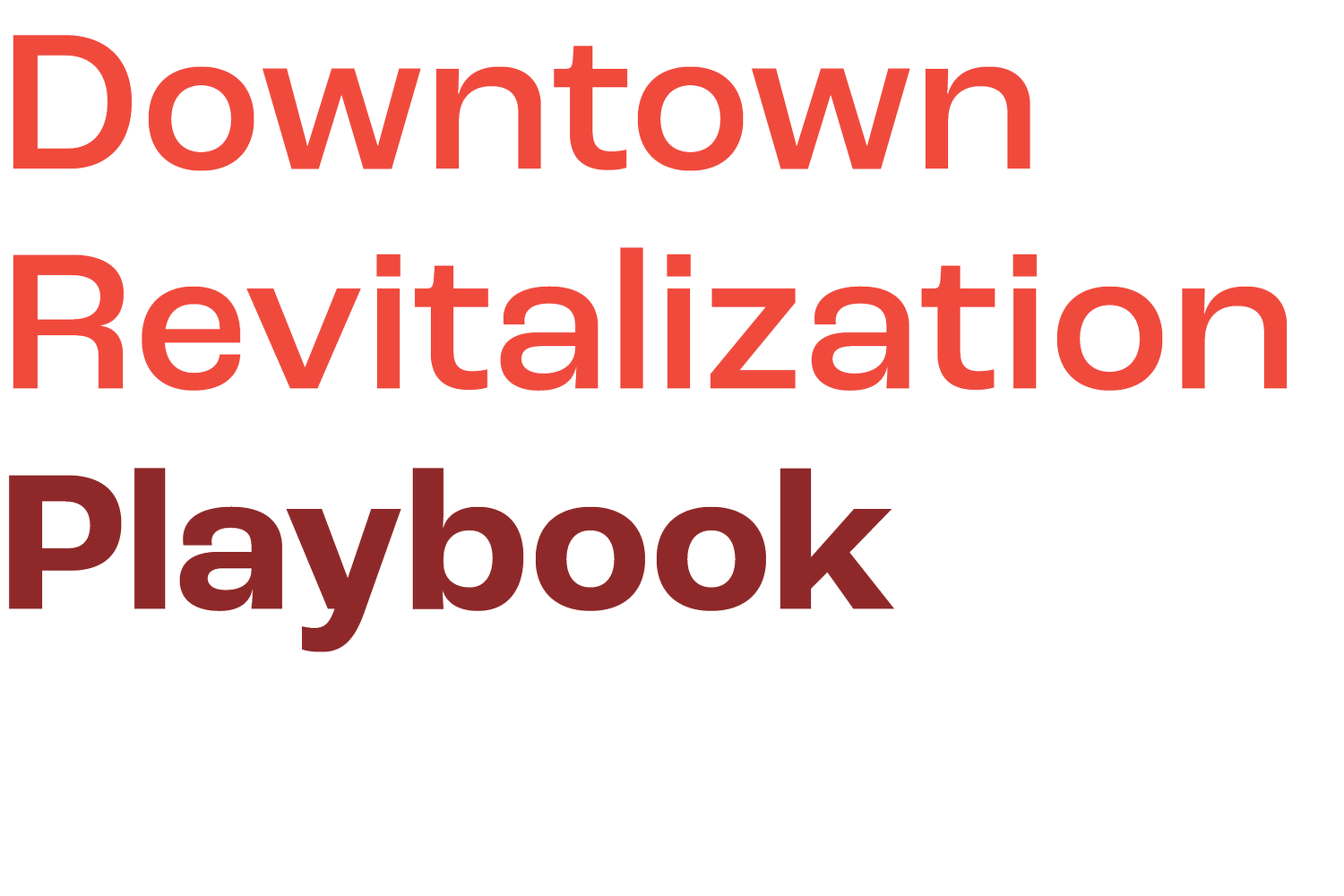
Fundamental Terms
One key to successful downtown revitalization efforts is building a shared or common language. This set of common definitions is a good starting point.
Capital stack
The different components of investment including their value, sources, and individual grades of risk, that have been put together to finance a specific project. This is a snapshot in time of the funds that went into a project. It includes a variety of funding sources and outlines who gets paid when.
Catalytic capital
Dollars for grants, credit enhancements, and forgivable loans where financial return is not a consideration. Catalytic capital may support pre-development work, such as technical assistance and capacity-building, or it may flow into the capital stack later as a way of making sure the deal is completed. In both instances, it helps get low-resource communities and shovel-worthy projects ready for repayable investment.
Readiness Factors
Community conditions and assets that lay the groundwork for making effective investments. If not in place, the absence of these enabling factors can compromise a proposed project’s transformational potential.
Return on investment (ROI)
The financial, social, or environmental benefit to be gained from an investment in a specific enterprise, often used as a metric at the outset of a venture to anticipate those possible benefits. From the construction or renovation of a property, to the launch or expansion of a business, ROI compares the gain or loss from an investment relative to its cost.
Investment capital
Repayable capital where investors want a financial return on their loan or equity investment. Investment capital primarily comprises two types of capital: Market Rate Capital and Concessionary Capital. The former expects an ROI consistent with current market expectations for investment adjusted for risk, while the latter is willing to accept a lower-than-market-rate return in exchange for accomplishing desirable social or environmental outcomes.
Predevelopment
The due diligence phase of any planned project after the team drills for information that will help map out the feasibility of accomplishing said project. It is characterized by technical services related to: architecture and engineering; assessing likely sources of investment, as well as tax credits; refining a business model; preparing a well-crafted prospectus; and finally, putting together a capital stack that will finance the project.
In its simplest form, when done right:
To explain, Readiness Factors are the fundamental attributes a project needs to have in place to be successful. Having some or all of these factors will enable the project to be successful. Once there are sufficient enabling factors, Catalytic Capital can be added in the form of non-repayable seed money, predevelopment work funds, or gap funding, to plan and help develop a shovel-ready project. Investment Capital (i.e., repayable capital) then generates the most significant amount of capital, and often completes the total amount of funding needed to actually develop or construct a project. When all three are combined, this leads to a Transformative Investment. This playbook provides case studies and other examples of how communities have partnered with investors to realize their own transformative investments.

